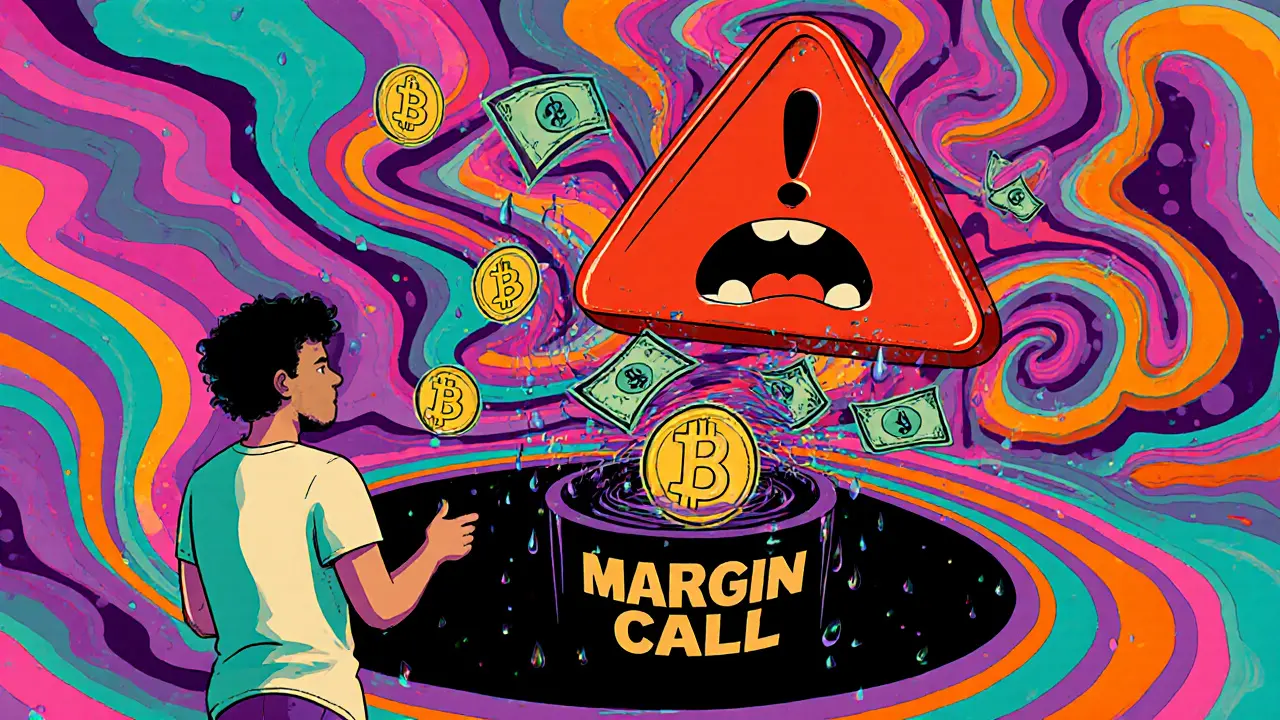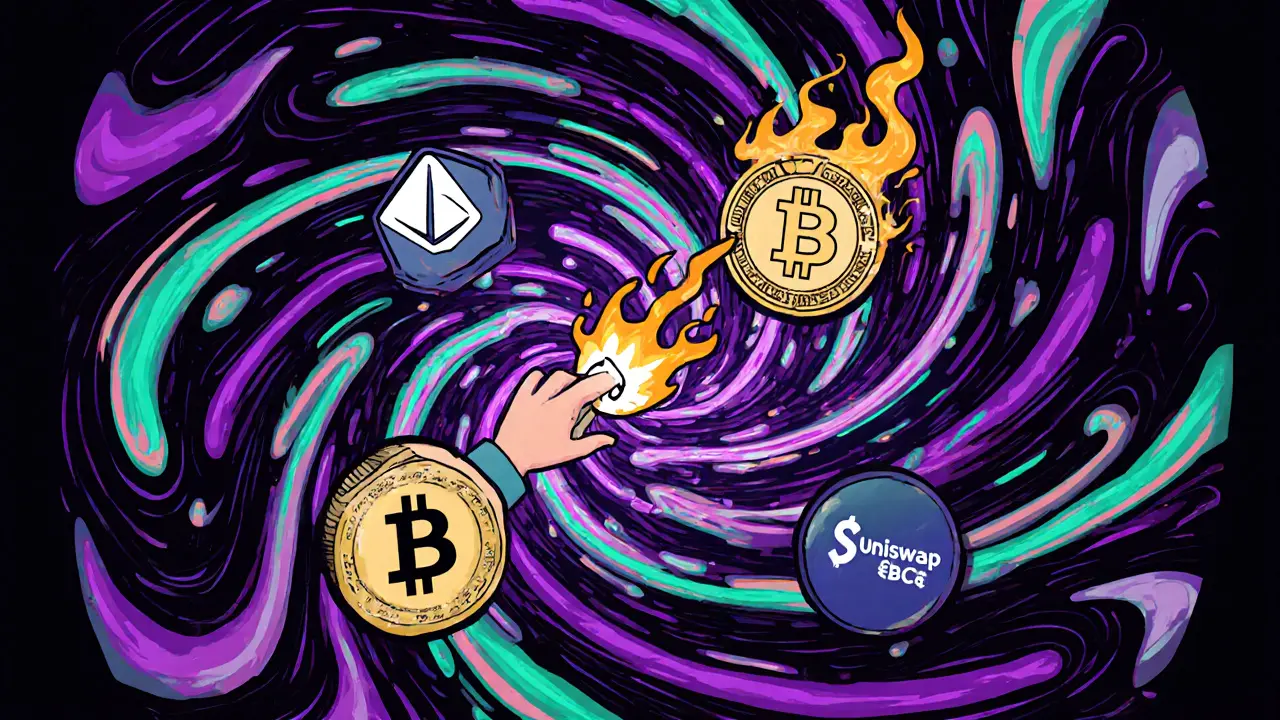Liquidation in Crypto: What It Means, Why It Happens, and How to Avoid It
When you trade crypto with leverage, borrowed funds that amplify your buying power, you’re playing with fire. One bad move, one sudden price drop, and your position can vanish in seconds — that’s liquidation, when your exchange automatically closes your trade because you can’t cover your losses. It’s not a warning. It’s not a notification. It’s a deletion. And it happens more often than you think, especially when traders ignore the liquidation price, the exact price point where your margin drops below the minimum required to keep your trade open.
Liquidation isn’t just about bad luck. It’s about bad planning. Most people jump into margin trading because they see someone else make 5x returns, but they don’t realize that 5x leverage means a 20% price drop wipes them out. If you’re trading BTC with 10x leverage and Bitcoin drops 10%, you’re already gone. No second chances. No recovery. That’s why understanding how margin trading, using borrowed money to control a larger position than your account balance allows works isn’t optional — it’s survival. Exchanges like Binance, Bybit, and OKX don’t care if you’re new. They don’t send you reminders. They just close your position when the math says so. And if you’re holding a long position on a coin that suddenly crashes — or worse, if you’re shorting and it surges — your account can go from green to zero faster than you can reload the page.
There’s no magic trick to avoiding liquidation. It’s not about timing the market perfectly. It’s about staying in the game. Use lower leverage. Set stop-losses. Keep extra cash as buffer. Don’t risk more than 5% of your portfolio on a single leveraged trade. And never, ever ignore your liquidation price — check it like you check your balance. The posts below show real cases: traders who lost everything because they thought a dip was temporary, exchanges that froze withdrawals during crashes, and projects that collapsed under margin pressure. You’ll see how some traders survived the 2022 bear market by avoiding leverage entirely, while others got wiped out on a single tweet. This isn’t theory. It’s what’s happening right now. And if you’re trading with borrowed money, you need to know how to protect yourself before it’s too late.
Margin Call and Liquidation Explained: How Leverage Can Wipe Out Your Crypto Positions
Margin calls and liquidations can wipe out your crypto positions in seconds. Learn how leverage works, why exchanges force liquidations, and how to avoid losing everything with simple risk management rules.
Use Cases for Flash Loans in DeFi: Arbitrage, Liquidations, and More
Flash loans enable instant, collateral-free borrowing in DeFi for arbitrage, liquidations, and collateral swaps-all within a single blockchain transaction. Learn how they work and why they matter.

